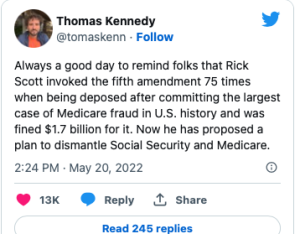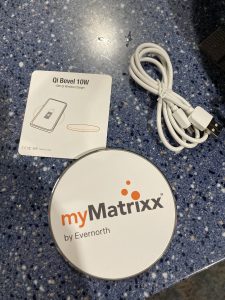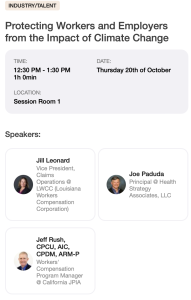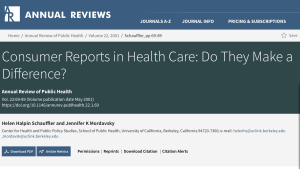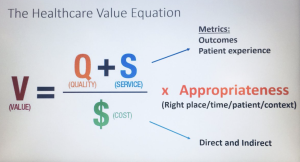I wrote my first post on opioids and workers’ comp. Almost two decades later, the post – which was really an excerpt from a Workers’ Comp Insider blog post – is terrifyingly prescient.
Interesting item from Workers Comp Insider today:
There is an interesting convergence of issues concerning the pain killer, Oxycontin. Originally developed to combat cancer pain, Oxycontin has been aggressively marketed over the past three years by its manufacturer Purdue, to the point where the drug is now the pain-killer of preference for work related injuries. This drug is twice as powerful as morphine and, while not technically addicting, it can create withdrawal symptoms when a person stops taking it. According to a study by NCCI, Oxycontin is prescribed for pain in 69% of permanent partial disability cases. This same study also points out that 49% of these prescriptions go to people with back injuries. When you combine that with the next interesting piece of data – Oxycontin is almost always dispensed in 50 day supplies (100 tablets) — you have a potentially volatile mix.
Kudos to Tom Lynch and Julie Ferguson for their early warning.
Dr Steve Feinberg sent me a note re the CDC’s just-released update to opioid guidelines; there’s a lot to unpack here. A couple of key takeaways.
- the guidelines were just that – guidelines. In far too many instances they were used to define hard limits, which was wildly inappropriate and completely inconsistent with CDC’s guidance.
- this from Christopher Jones, acting head of the CDC’s National Center for Injury Prevention and Control and a co-author of the updated guidelines:
- “The guideline recommendations are voluntary and meant to guide shared decision-making between a clinician and patient…It’s not meant to be implemented as absolute limits of policy or practice by clinicians, health systems, insurance companies, governmental entities.”
What does this mean for you?
Pay attention to early warning signs and don’t over-react.


